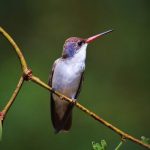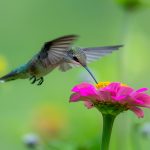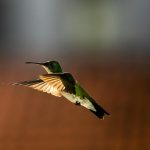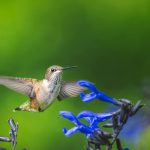Hummingbirds are fascinating creatures known for their tiny size, vibrant plumage, and remarkable flying abilities. If you have ever observed hummingbirds, you may have noticed their frequent chasing behavior. While it may appear playful or random, there are several reasons why hummingbirds engage in this captivating behavior. Let’s explore the motivations behind hummingbird chasing:
1. Territory Defense
One of the primary reasons hummingbirds chase each other is to defend their territories. These small birds establish feeding and nesting territories and vigorously protect them from intruders, especially other hummingbirds. Here’s how chasing behavior helps with territory defense:
- Establishing Boundaries: By chasing intruders, hummingbirds establish and reinforce the boundaries of their territories. They use their agility and speed to deter other birds from entering their feeding zones and nesting areas.
- Resource Protection: Hummingbirds fiercely protect their valuable resources, such as nectar-producing flowers or feeders, from competitors. Chasing away other hummingbirds helps ensure a steady supply of food for themselves.
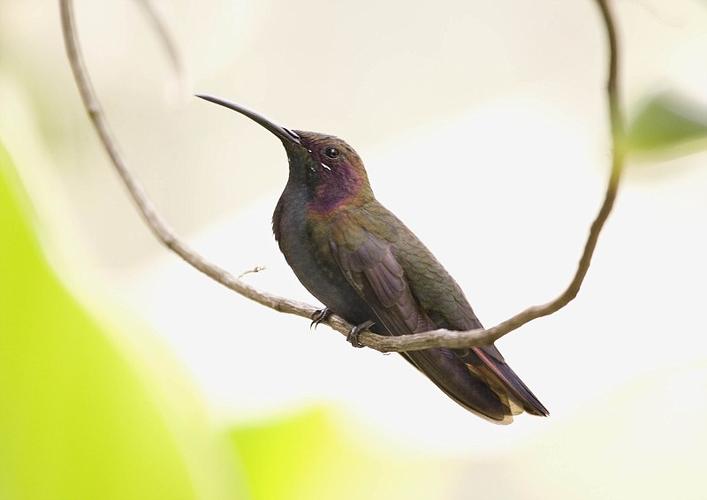
2. Mating Displays
Chasing behavior in hummingbirds is also associated with courtship and mating displays. Male hummingbirds often engage in elaborate aerial displays to attract females. Here’s how chasing plays a role in their mating rituals:
- Mate Selection: Male hummingbirds chase females to demonstrate their strength, agility, and fitness as potential mates. The chasing behavior is a way for males to impress females and establish their dominance in the mating competition.
- Display of Courtship Skills: Chasing is often accompanied by intricate flight patterns, acrobatic maneuvers, and vocalizations. These displays showcase the male’s ability to perform complex aerial feats, which can be appealing to females.
- Assessing Female Responses: Chasing allows males to gauge the interest and receptiveness of females. If a female responds positively to the chase, it can indicate her willingness to mate.
3. Resource Competition
Hummingbirds have high metabolic rates and need to consume large amounts of food to sustain their energy levels. The competition for limited food resources can be intense, leading to chasing behavior. Here’s how resource competition relates to hummingbird chasing:
- Nectar Availability: Hummingbirds rely on nectar as their primary food source. When nectar-rich flowers are scarce, multiple hummingbirds may compete for access to the same blooms. Chasing helps establish dominance and ensures that the chaser gets priority access to the available nectar.
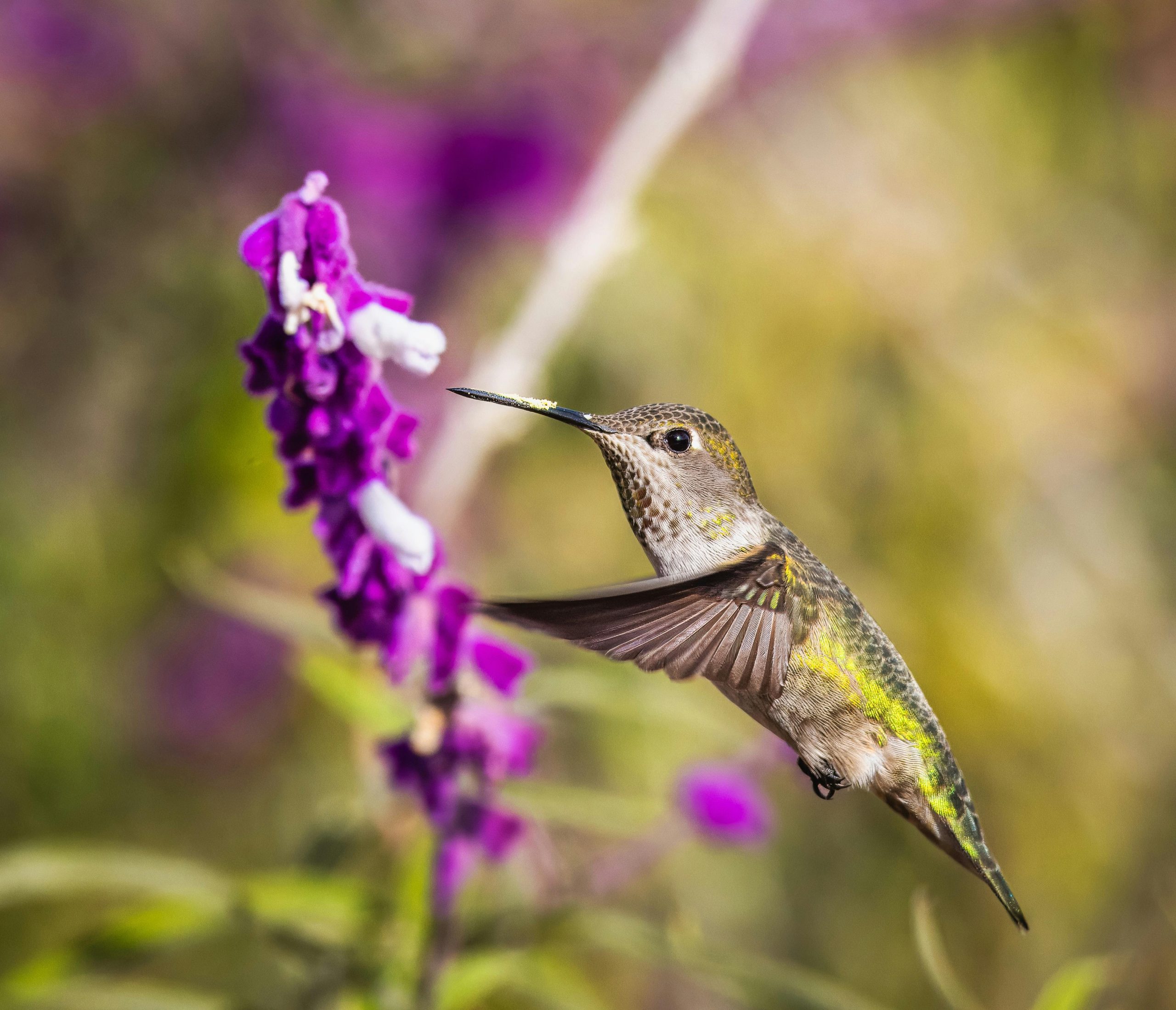
- Feeder Domination: In areas where humans provide hummingbird feeders, competition among hummingbirds for the sugary solution can be intense. Chasing behavior helps establish a pecking order, with dominant individuals claiming exclusive access to the feeders.
4. Hierarchical Social Structure
Hummingbirds have a hierarchical social structure, with dominant individuals occupying higher ranks within their communities. Chasing behavior plays a role in establishing and maintaining this social order:
- Establishing Dominance: Through chasing, dominant hummingbirds assert their authority and establish their position within the social hierarchy. Lower-ranking individuals may retreat or submit to avoid further aggression.
- Reducing Aggression: Chasing can also serve as a form of ritualized aggression that helps minimize physical confrontations. By engaging in chasing behavior, hummingbirds communicate their intentions and resolve conflicts without resorting to physical combat, which could be energetically costly or result in injuries.
5. Territory Size and Resource Acquisition
Chasing behavior in hummingbirds can also be influenced by the size of their territories and their need to acquire sufficient resources for survival. Here’s how territory size and resource acquisition factor into hummingbird chasing:
- Maximizing Resource Availability: Hummingbirds defend territories that contain enough resources to sustain their daily energy requirements. By chasing away competitors, they reduce the competition for limited resources within their territories, ensuring an adequate food supply.
- Expanding Territory: Chasing can occur when a hummingbird attempts toexpand its territory by encroaching on another hummingbird’s territory. The resident hummingbird will chase away the intruder to protect its resources and maintain exclusive access to them.
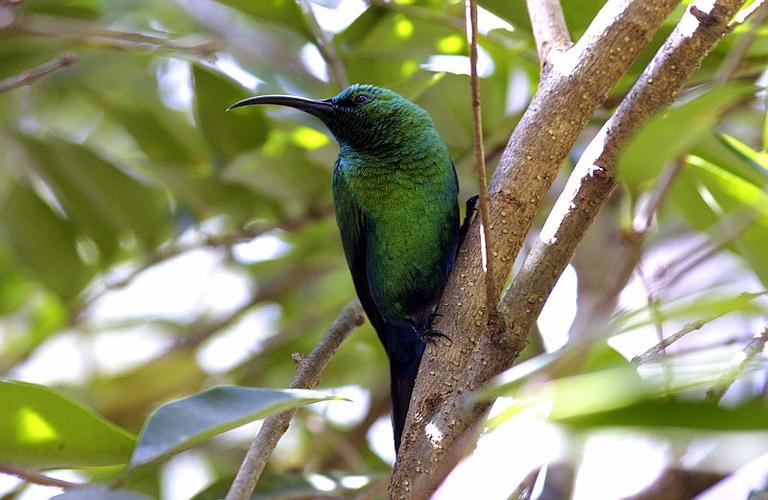
- Survival and Reproductive Success: The ability to secure and defend a territory directly impacts a hummingbird’s survival and reproductive success. By chasing away rivals and establishing a territory with abundant resources, hummingbirds increase their chances of finding mates and successfully raising offspring.
6. Communication and Species Recognition
Chasing behavior in hummingbirds also serves as a form of communication and species recognition. Here’s how chasing contributes to these aspects:
- Communication of Intentions: Hummingbirds use chasing as a way to communicate their intentions to other birds. By engaging in chase flights, they convey messages such as territorial ownership, courtship interest, or general assertiveness.
- Species Identification: Each hummingbird species has distinct plumage patterns and flight behaviors. Chasing can help hummingbirds identify members of their own species and distinguish them from other species. This is particularly important during mating season when accurate species recognition is crucial for successful reproduction.
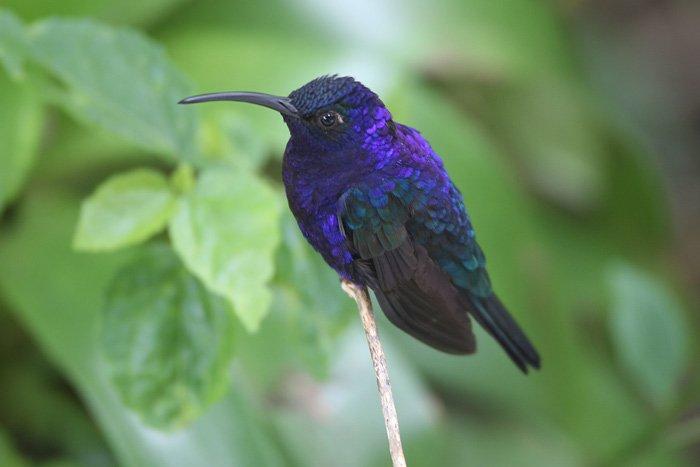
Conclusion
Hummingbird chasing behavior is a complex and multi-faceted phenomenon driven by various factors, including territory defense, mating displays, resource competition, social hierarchy, territory size, resource acquisition, and communication. Through chasing, hummingbirds establish and defend their territories, attract mates, assert dominance, reduce physical aggression, maximize resource availability, communicate intentions, and recognize members of their own species. This captivating behavior adds to the allure and intrigue of these incredible avian creatures.

